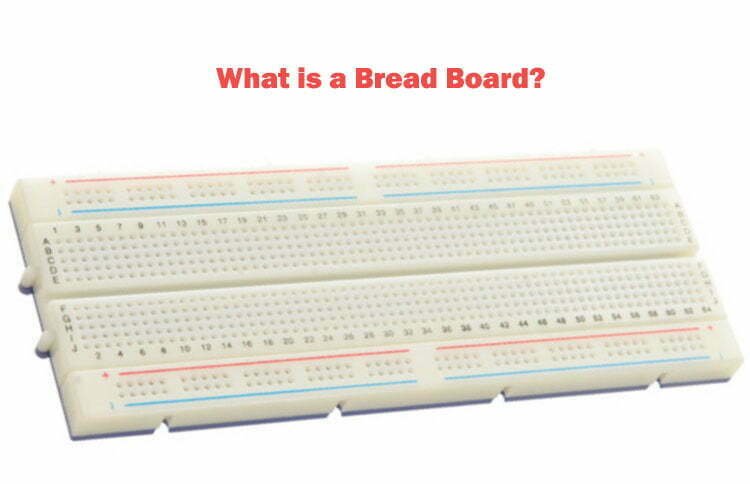
Bread Board: What is and How to Use it?
New to breadboards? Learn terminal strip layout, jumper wire connections, and component placement. Essential for circuit prototyping before PCB design. Beginner’s guide!
Explore the core principles of electronics, from digital circuits and electrical testing to key components like microcontrollers and semiconductors. This category covers important topics such as PCB design, soldering techniques, and the basics of computer architectures like RISC and CISC. Learn about signal processing, electromagnetic compatibility (EMC), and practical guides for working with components like capacitors and amplifiers.

New to breadboards? Learn terminal strip layout, jumper wire connections, and component placement. Essential for circuit prototyping before PCB design. Beginner’s guide!
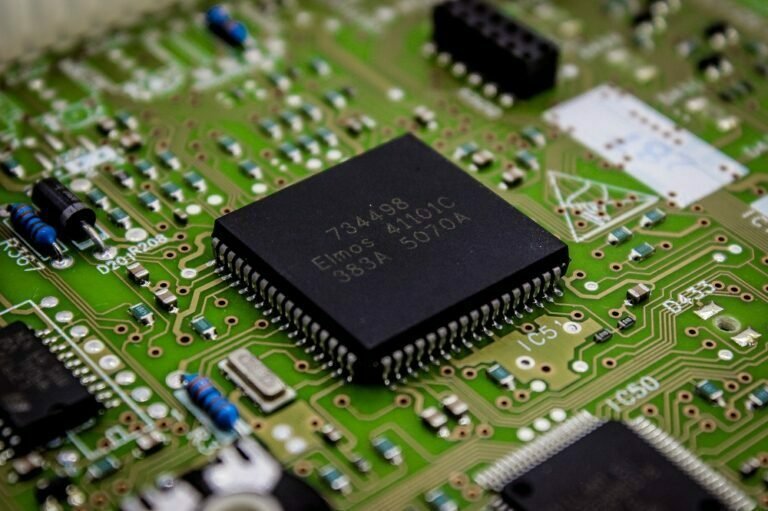
Everything about PCBs: types (single/double/multi-layer), materials, and manufacturing. From design to assembly. Essential resource for engineers. Learn now!
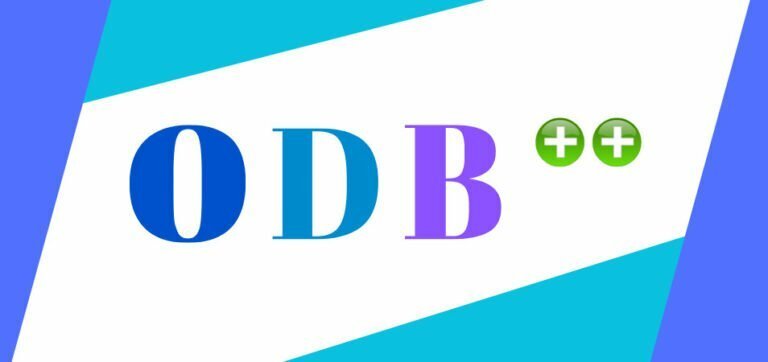
What is ODB++? ODB++ is an open, hierarchical data structure for printed circuit board (PCB) design data and is widely used in the electronics industry. It is a comprehensive format that includes all the information needed to manufacture a PCB,

The electronic files used for PCB production include: Gerber, NC Drill, IPC netlist, ODB++ and IPC2581 files. IPC2581 is a new format that contains all the information for PCB production. What is IPC-2581? IPC-2581 is an industry standard file format

Everything about gold fingers: plating, thickness, and contact reliability. Tips for edge connectors and high-frequency applications. Essential for PCB designers. Guide here!
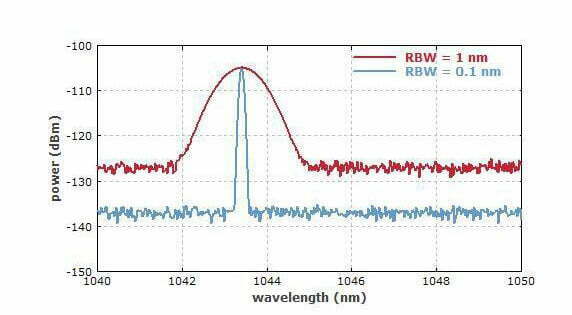
What is signal to noise ratio? The signal-to-noise ratio (SNR) is a measure used in science and engineering that compares the level of a desired signal to the level of background noise. It is defined as the ratio of signal

EM waves explained: spectrum, propagation, and role in RF/optical systems. From radio waves to gamma rays. Essential for engineers and students. Learn now!

What is a Hex File? A HEX file is a text file that contains the data for a computer program in hexadecimal form. In a HEX file, each line contains a HEX record. These records consist of hexadecimal encoded numbers
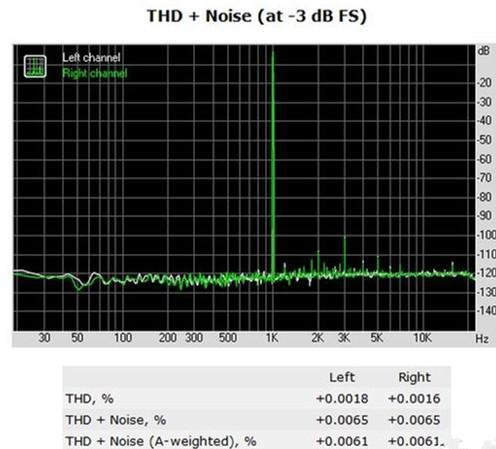
If you’ve ever listened to an uncle playing blues guitar or a friend strumming a cheap plastic ukulele, you probably know what harmonic distortion is. It sounds like a very slight buzz, hiss, or whiz in the background of their

New to RF? Understand radio frequency circuits: components, impedance matching, and signal propagation. Applications in wireless devices. Beginner’s guide inside!
Well Done Technology was established in 2008, focus on reverse engineering, IC unlock, PCB Clone and design. Our technical team of more than 40 people includes senior engineers with rich experience.